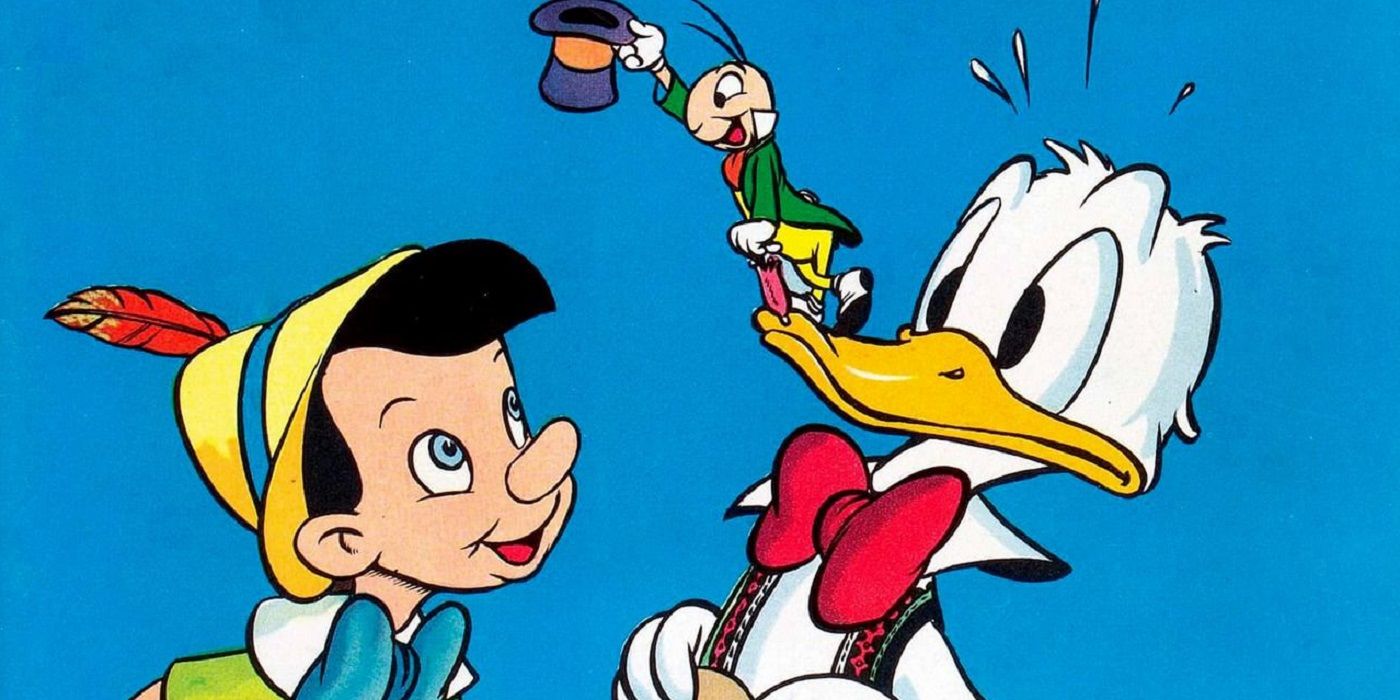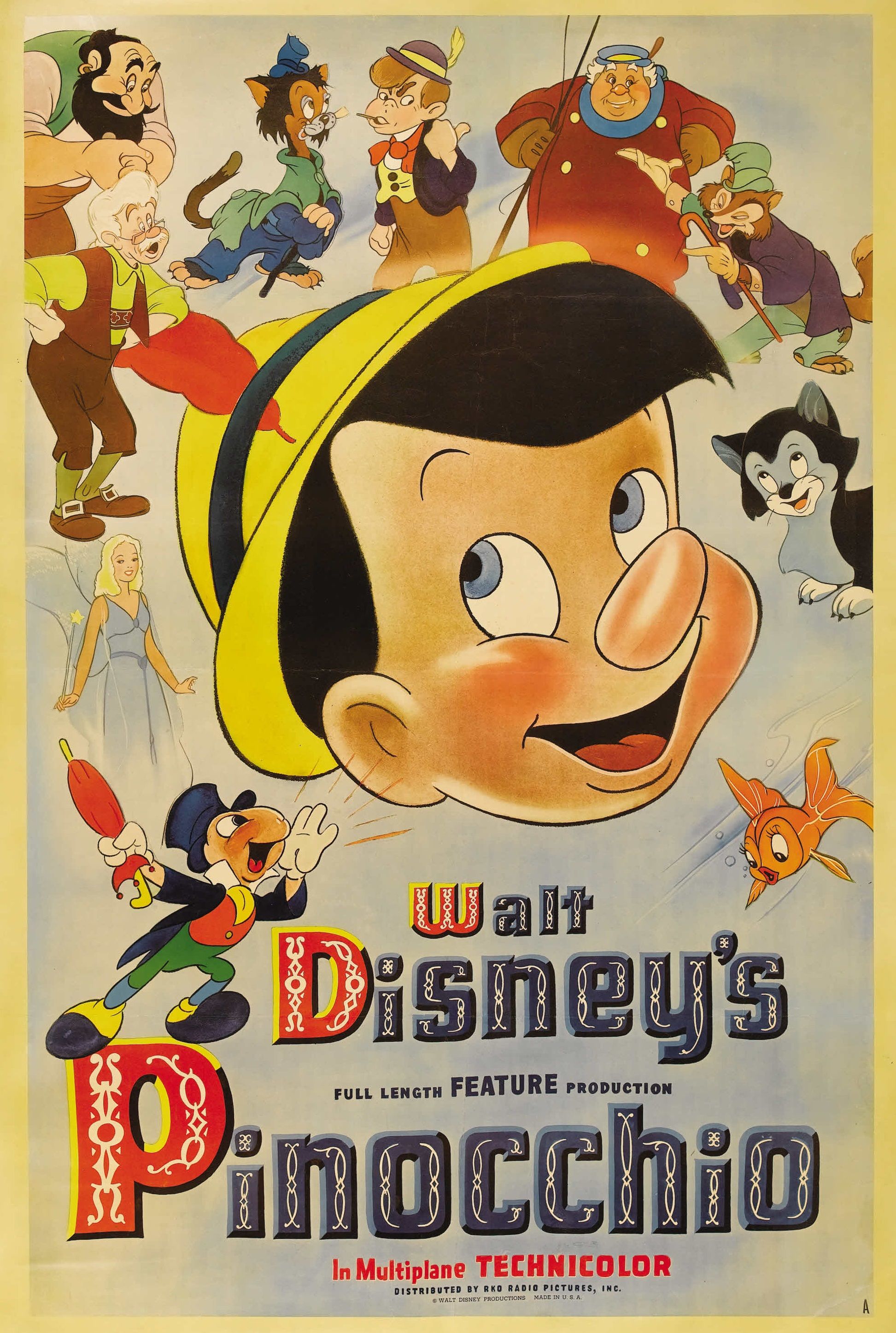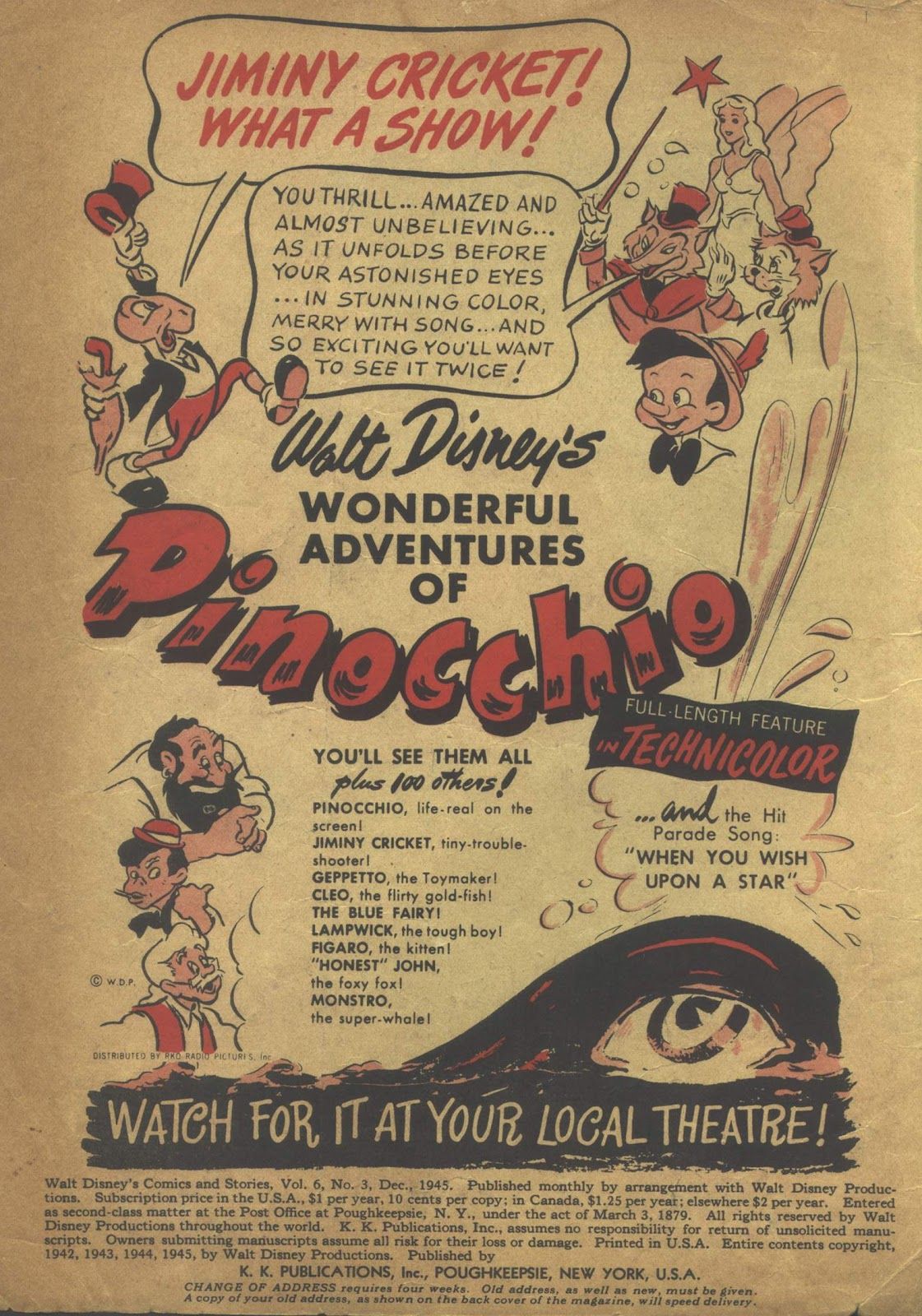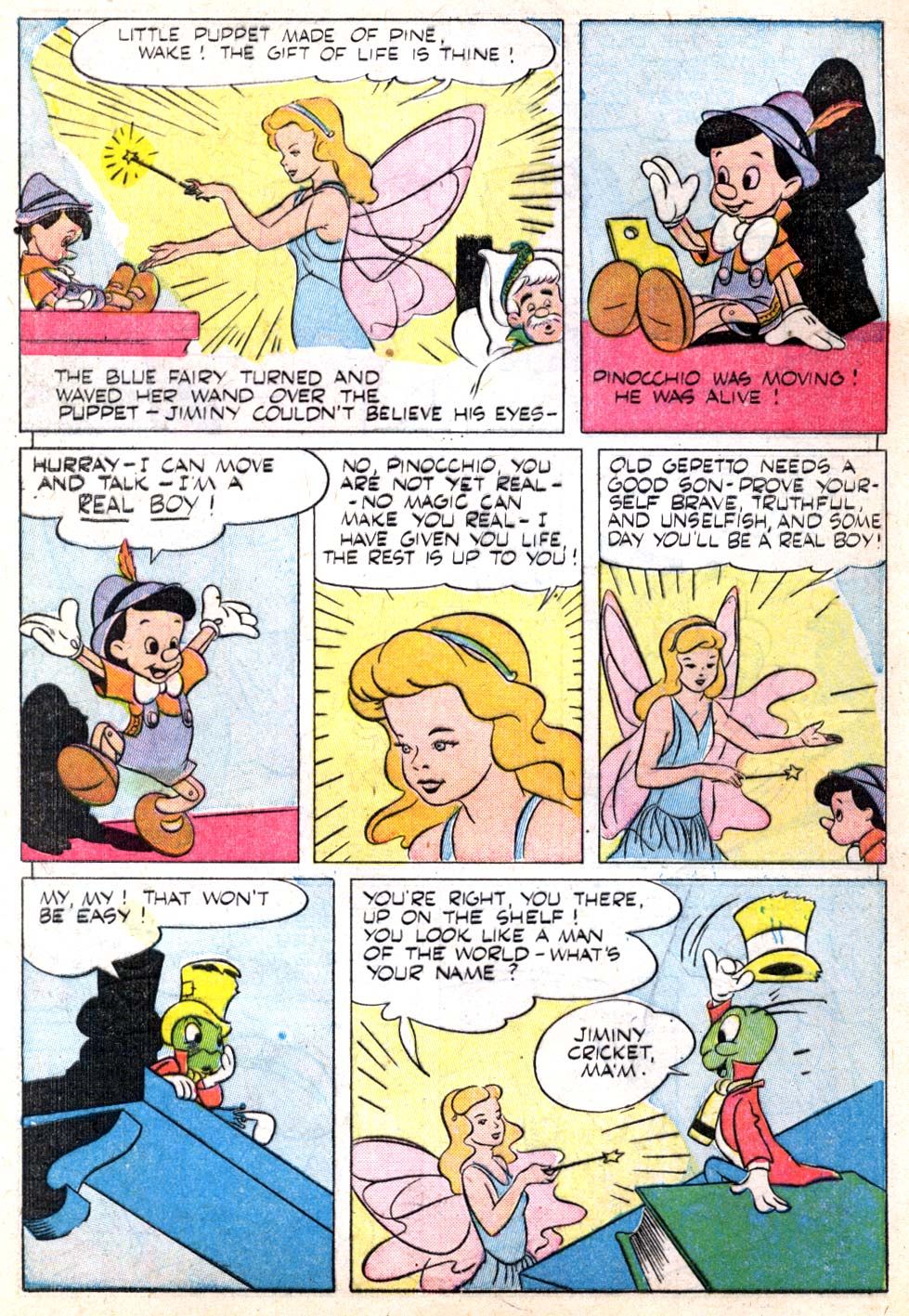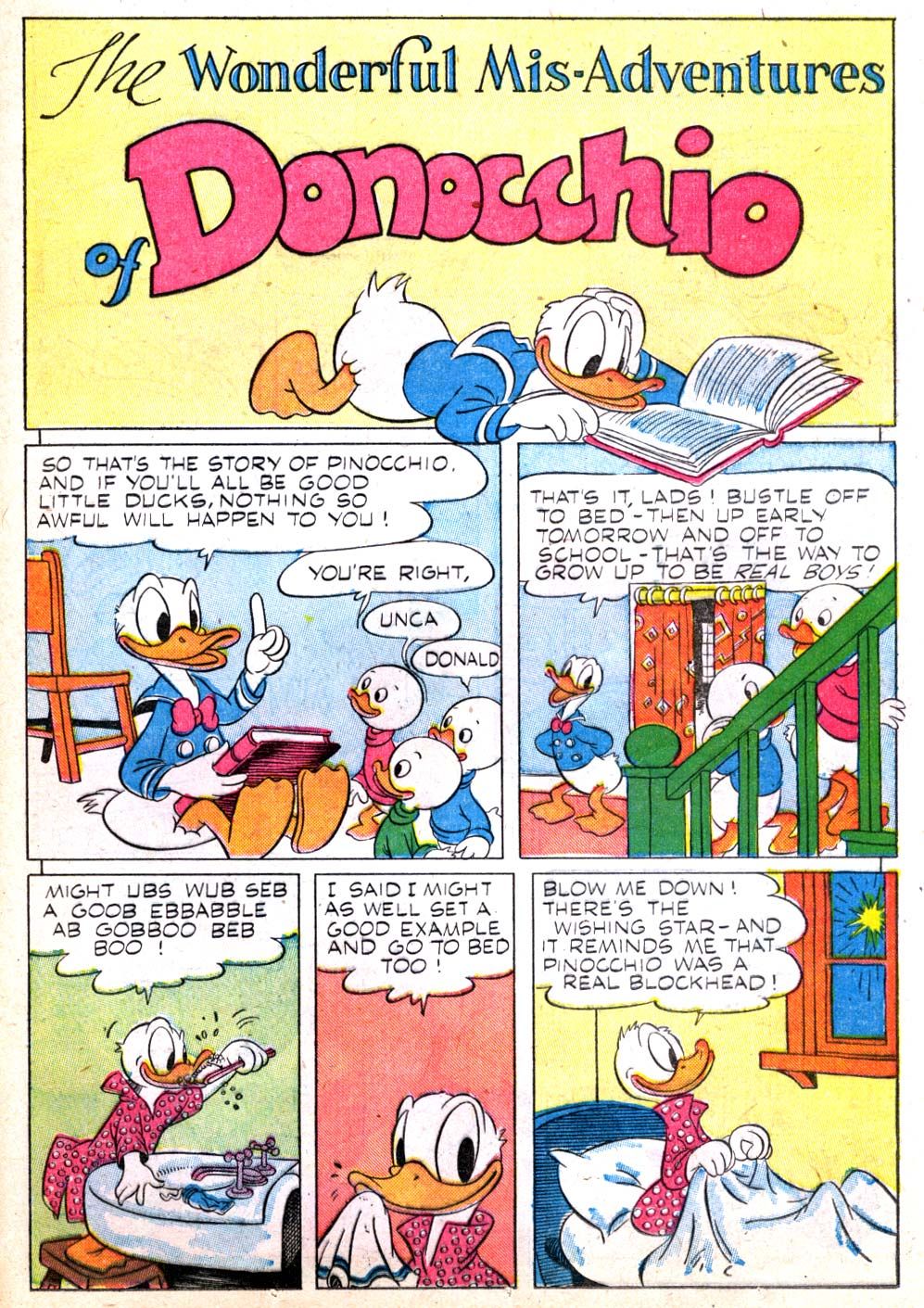This is "Look Back," a feature that I plan to do for at least all of 2020 and possibly beyond that (and possibly forget about in a week, who knows?). The concept is that every week (I'll probably be skipping the four fifth weeks in the year, but maybe not) of a month, I will spotlight a single issue of a comic book that came out in the past and talk about that issue (often in terms of a larger scale, like the series overall, etc.). Each week will be a look at a comic book from a different year that came out the same month X amount of years ago. The first week of the month looks at a book that came out this month ten years ago. The second week looks at a book that came out this month 25 years ago. The third week looks at a book that came out this month 50 years ago. The fourth week looks at a book that came out this month 75 years ago. The occasional fifth week looks at books from 20/30/40/60/70/80 years ago.
Today, based on a suggestion by David B., we go back to November 1945 for Walt Kelly's adaptation of Pinocchio, the first Disney film ever adapted into a comic book.
In 1940, Walt Disney released a major motion picture adaptation of the 1883 Italian novel, The Adventures of Pinocchio, by Carlo Collodi. It tells the story of a woodcarver named Geppetto who carved himself a puppet and wished that it could become a son. A Blue Fairy heard his wish and decided to animate Pinocchio, turning him into a living puppet. She then assigned a cricket named Jiminy Cricket to serve as Pinocchio's conscience. If Pinocchio were to prove himself, then she would return and make him a real life boy.
It was the second full-length animated film by Walt Disney following the success of Snow White and the Seven Dwarfs. However, here is the fascinating thing about Disney's early film efforts. They were very expensive. Snow White cost much more than expected and there was some concern that Disney's studio would not last past the release of the film. That was common at the time, as all of the big animation studios were leveraged like crazy. In fact, the success of Snow White helped screw over rival studios, as they all felt that they needed to spend more money to compete with Disney. That same problem happened to Disney himself, though, as felt that Snow White was a success but it was still seen as a "cartoon." He wanted his next feature to be such a wonderful experience that people only thought about it as a MOVIE.
So Disney spent twice as much money on Pinocchio as Snow White and the sad result was that the film flopped at the box office. It was a huge critical success (although Disney was still irked by how many people complimented it while still calling it a cartoon). The New York Times noted, "Pinocchio is here at last, is every bit as fine as we had prayed it would be—if not finer—and that it is as gay and clever and delightful a fantasy as any well-behaved youngster or jaded oldster could hope to see."
Pinocchio was actually a surprise flop. It made money, but it made less than Snow White and since it cost so much more, that was bad news for the Disney finances. Its relative lack of success depressed Disney a lot. Disney blamed the film's failure on the fact that World War II cut off the overseas market.
As a result, in 1945, Disney re-released the film and this time it was more of a success. The re-release was advertised in comic books of the time, including this ad drawn by Walt Kelly.
Walt Kelly was an animator on Pinocchio when it was a film. He was a successful animator, and he worked on most of the Disney films released in the early 1940s. However, Kelly was put into a tough position when the animators went on strike. Kelly did not want to go strike himself but he obviously felt for his fellow animators, so he took a leave of absence for health reasons. Kelly had worked in comics before his animation time, so he went back to comics, with Disney then personally requesting that Kelly be the one who adapted Pinocchio, the first time that a Disney film was adapted for a comic book (it had previously been adapted for the Silly Symphonies comic strip).
Kelly adapted it into a comic book in Four Color Comics #92...
Kelly was a brilliant artist and he did a marvelous job on the adaptation.
Amusingly, Kelly then drew a funny backup in that comic where Donald Duck reenacts Pinocchio, only now starring Donald as Donocchio!
it is very odd to see a backup making references to your lead feature like that! Kelly, of course, would later go on to create the comic character, Pogo, which Kelly would draw as an acclaimed comic strip for many years. It is nice that such a comic book legend had this piece of comic book history.
Thanks to David for the suggestion!
If you folks have any suggestions for December (or any other later months) 2010, 1995, 1970 and 1945 comic books for me to spotlight, drop me a line at brianc@cbr.com! Here is the guide, though, for the cover dates of books so that you can make suggestions for books that actually came out in the correct month. Generally speaking, the traditional amount of time between the cover date and the release date of a comic book throughout most of comic history has been two months (it was three months at times, but not during the times we're discussing here). So the comic books will have a cover date that is two months ahead of the actual release date (so October for a book that came out in August). Obviously, it is easier to tell when a book from 10 years ago was released, since there was internet coverage of books back then.

